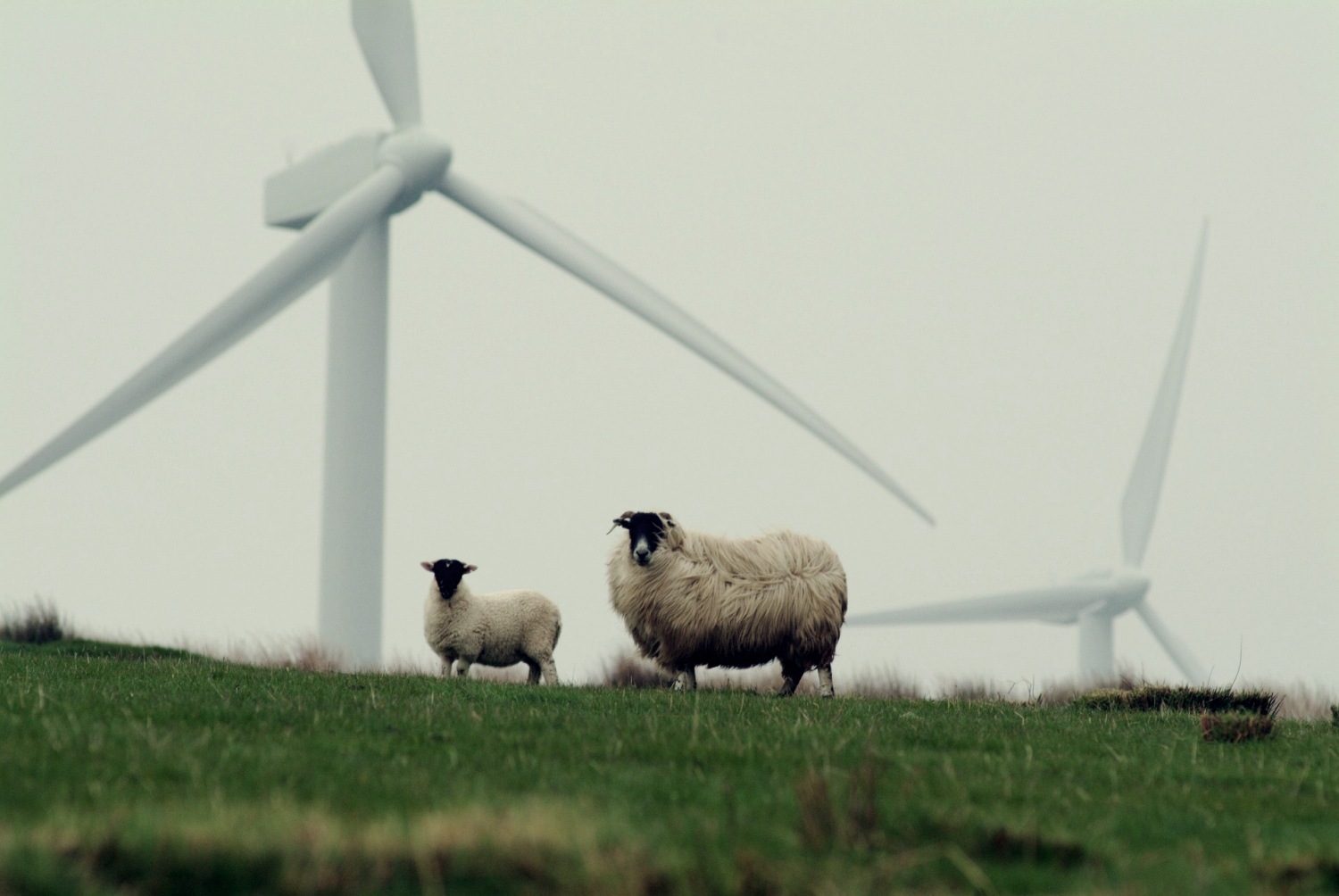By Elizabeth Weise & Suhail Bhat, February 4, 2024, USA Today
As wind turbines get more efficient and solar panels more affordable, wind and solar plants have grown rapidly.
Efforts to block them have grown rapidly, too, especially since 2021.
USA TODAY’s analysis found 15% of counties nationwide now have some impediment to new utility-scale wind and solar energy.
Gauging those impediments required researching a variety of local rules including outright bans, zoning restrictions, specialized land-use rules or political stonewalls. It also required setting a standard as to which restrictions are restrictive enough to count.
Here’s what we found, and how we measured it:
Bans
In some cases, counties simply ban large renewable energy projects, as part of a backlash to their growing presence. Any county with a ban was counted in our data.
An example is in Pulaski County, Indiana. A wind farm was under consideration for Jasper and Pulaski counties in 2018. The developers said the 20 to 30 turbines in the county would have produced $600,000 per year in tax revenue.
But opposed residents said the project would harm the local economy, reduce property values, affect human health, compromise military readiness, hurt wildlife and lead to the loss of “quiet nights, dark skies and the scenic nature of the region.”
In 2021 the Pulaski County board of commissioners banned all commercial wind turbines from the county, citing the need to protect and promote the “health, safety and general welfare of the residents.”
These kinds of bans proliferated. By the end of 2023, 292 counties nationwide had similar ones in place.
Moratoriums
Counties use moratoriums to buy time to write new zoning and regulation for wind and solar farms, sometimes to craft reasonable laws and sometimes to craft bans. As of the end of 2023, 26 counties had moratoriums in place on new solar projects and 17 on wind projects.
In most cases, a county realizes it doesn’t have adequate zoning and regulation in place to properly evaluate a solar or wind project, so officials place a moratorium on any new renewable projects while its county zoning board writes one. Once the new rule is adopted, the moratorium is lifted.
That’s what happened in Linn County, Iowa. Two solar projects were approved in 2022 amid a fair amount of dissent.
“So the supervisors pressed the pause button,” said Steve Guyer with the Iowa Environmental Council.
Read the full article here.
Wind Concerns is a collaboration of citizens of the Lakeland Alberta region against proposed wind turbine projects.


